
Coding and Computational Thinking with VEX V5
The Coding and Computational Thinking curriculum provides a structured sequence of programming activities in real-world project-based contexts. The projects are designed to get students thinking about the patterns and structure of not just robotics, but also programming and problem-solving more generally. This curriculum includes videos, animations, and step-by-step lessons designed to help learners foster Computational Thinking using the VEX V5 hardware and VEXcode programming software.
![]()
About the Curriculum
Each hands-on challenge and activity is based on one of Carnegie Mellon University’s own robots, built to provide solutions in manufacturing, energy, defense, agriculture, and mining. Students will build on their coding and computational thinking skills in order to develop their own solutions to these real-world problems.
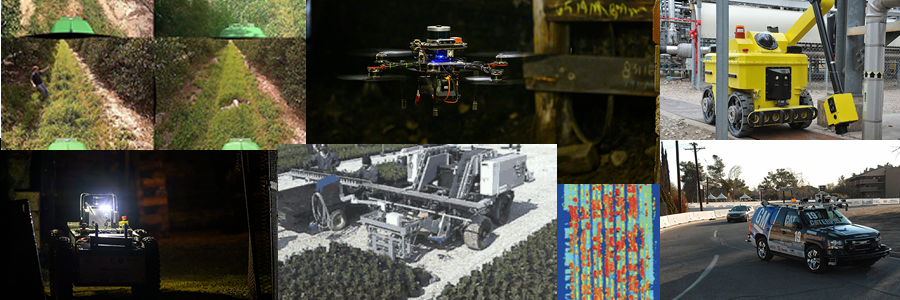
Coding and Computational Thinking with VEX V5 is broken up into 7 different units. Within the units, students will engage with their robot and learn core concepts through step-by-step, media-driven instructional content, “Try It” remix activities, mini-challenges, “Check Your Understanding” questions, a culminating end-of-unit challenge to apply what they have learned, and an end-of-unit quiz.
Curriculum Unit Overview
Unit 1: Robot Brain
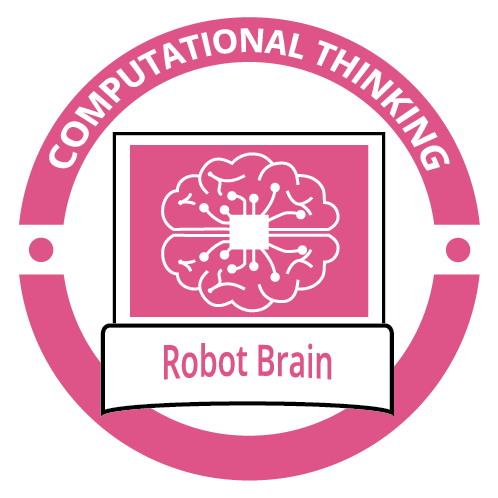 |
Students begin by learning simple programming commands and sequences on the VEX V5 Robot Brain. The Robot Brain is a user interface that students will learn to communicate to the robot with and learn their responsibility as a programmer on how to give the robot specific instructions. The final challenge in this unit is to design a smiley face on the screen of the Robot Brain by sequential programming. |
Unit 2: Robot Movement
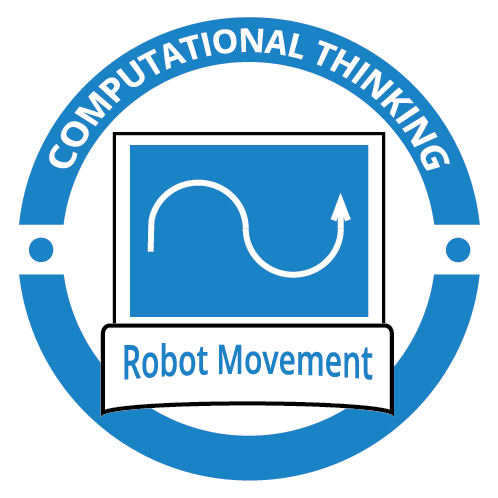 |
Students build on what they learned about sequential programming from the first unit in order to control basic movements of their robot and manipulate objects in its environment. As the coding gets longer and more complex, students will learn how to use decomposition to make problem-solving easier. In this final unit challenge, students are responsible for delivering multiple heavy construction equipment to an elevated work site. |
Unit 3: Wait Until
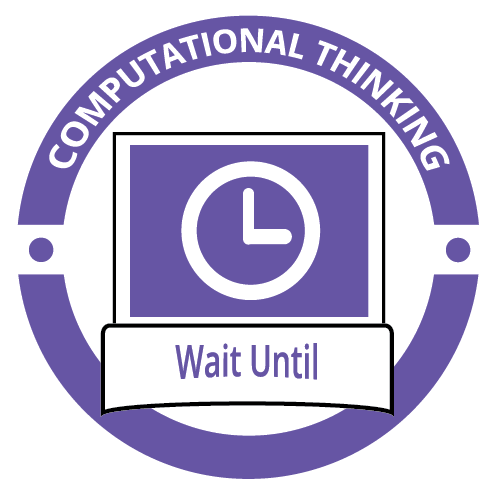 |
Sensors are what makes a robot a robot! In this unit, students learn how to program sensors so that their robot can detect obstacles and how to control program flow by having the robot wait until specific sensor values are detected. The task for this challenge is to program the robot to perform safety inspections of a hazardous environment that involves using sensors, the robot brain, and movement. |
Unit 4: Functions
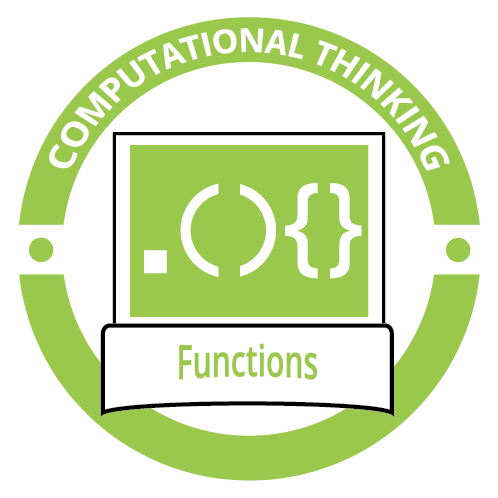 |
When coding gets complicated and hard to read, leave it to functions to save you from stress! In this unit, students will use abstraction to turn multiple lines of code into a special structure called a function, that can then be referenced many times within a program. This programming technique allows you to create shorter and easily maintainable programs! |
Unit 5: Loops
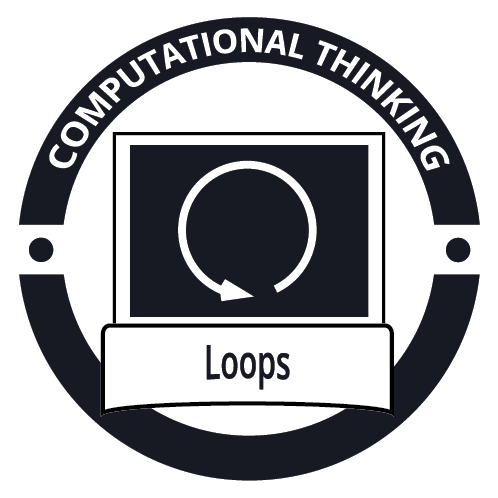 |
Problems that contain patterns can be solved by repeating a series of sequential commands. Students will learn how to recognize patterns and use several types of loops with different durations and conditions to repeat robot behaviors and ultimately develop solutions. The challenge in this unit is to see how many plants your robot can move to and from a field in 30 seconds or under! |
Unit 6: Conditional Statements
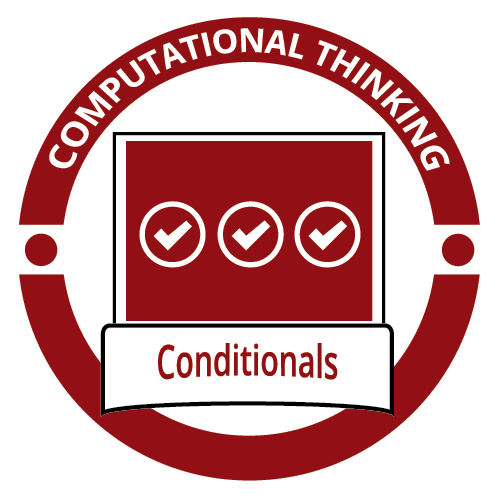 |
Students will learn how to enable the robot’s decision-making capabilities using conditional statements. Students will be able to control the robot’s actions and decisions by using sensor data it detects from its environment. The task for this challenge is to program the robot to autonomously drive through an orchard field using sensor data to determine where and how to drive. |
Unit 7: Subterranean Capstone Challenge
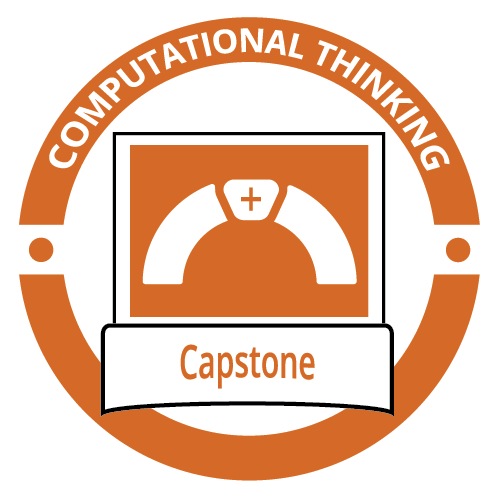 |
In this unit, students apply their coding knowledge and computational thinking skills to decompose the Subterranean Capstone Challenge. In Part 1 of the challenge, students program a robot to go into an area with limited visibility and use sensors to detect key locations. In Part 2, they use that key location information to program the robot to deliver the necessary equipment. |
Unit 8: Camera Navigation
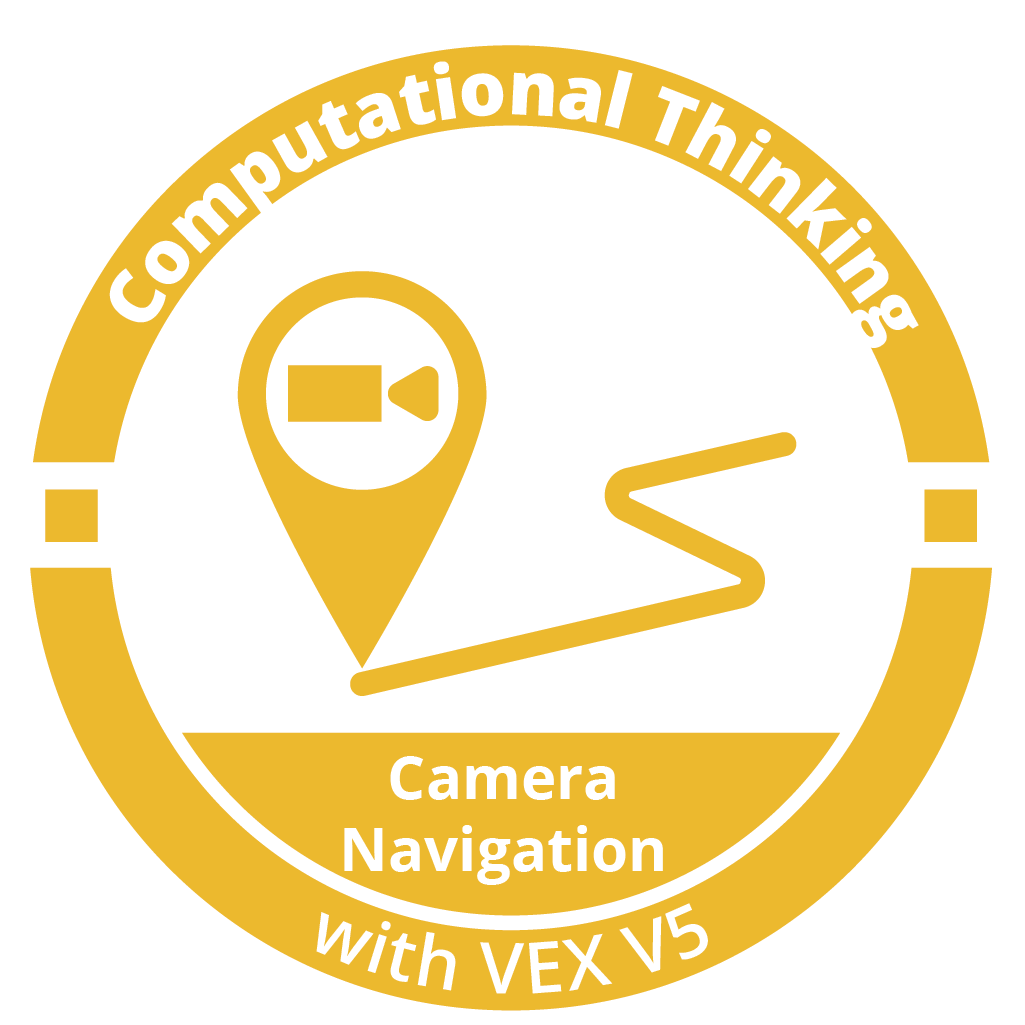 |
In this unit, students learn to implement a vision-based system that provides navigation abilities, based on color, objects, and shapes.
|
Training and Certification
Robotics is a powerful STEM organizer that allows for a diverse set of subjects to be integrated and taught in a rich context. Whether you’re a formal education teacher, an informal education facilitator, or a competition coach, if you’re looking to reach the most valuable and transferable learning outcomes with your students through robotics should enroll in the Carnegie Mellon Robotics Academy’s Certified Teacher Training. A certified educator has the opportunity to offer the Carnegie Mellon Robotics Academy certification within their own classrooms and learning environments, providing the students with evidence of their valuable experience that they can showcase.
- On-site training is conducted at the National Robotics Engineering Center (NREC) in Pittsburgh, PA.
- In Live Online training, educators learn from a Robotics Academy instructor from anywhere in the world through interactive sessions. (Live sessions are recorded)
As part of the training, teachers also learn how to use the CS-STEM Network (CS2N.org) to create “Groups” with their students, track progress, and collect assignments.
Implementation Guidance
Coding and Computational Thinking is designed for student self-pacing individually, or in small groups, (preferably pairs). Each individual or group should work together at one computer, with one VEX V5 robot. The exact number of contact hours provided in the curriculum will vary, given the self-paced nature of the materials, along with other factors such as class length and frequency.
One of the biggest challenges facing teachers today is meeting the needs of each individual student in their classroom; that is the core of differentiated instruction. Differentiated instruction asks teachers to approach students at their instructional level, and requires students to show evidence of growth from their instructional level. Differentiated instruction encompasses more than just assessment. It involves all aspects of instruction: classroom delivery, overall learning environment, learning content, and assessment. The curriculum provides many opportunities for students of all abilities.
Curriculum tasks are designed to involve some – but not extensive – mechanical consideration, so that hands-on design tasks may remain authentic without becoming logistically difficult.
A typical plan for a curriculum module is:
- View the introductory video as a class, or in individual groups, then review the challenge for the unit
- In a group, identify and note key capabilities the robot must develop, and problems that must be solved in individual engineering journals or class logs (e.g. on sticky paper posted on the walls)
- Individuals or groups proceed through the materials at their own pace, following the instruction directly, and constructing solutions to the Try It! and Mini-Challenge steps as they go
- Each individual or group constructs its own solution to the Unit Challenge
- Groups may be asked to document their solutions in journals or logs, and especially to explain how they overcame the key problems identified at the start of the unit
Required Materials
VEX Hardware and Software
- VEX EDR V5 Robot Kit – Sold Separately
- VEX Line Tracking Kit – Sold Separately
- VEX Inertial Sensor
- VEX Distance Sensor
- VEX Optical Sensor
- VEX Vision Sensor
- VEXcode Pro Coding Environment
Other Materials
- Black electrical tape
- Open areas for the robot to safely move
- Small, colored objects for the robot to manipulate. We like the Cube kit
- Boxes or other objects to serve as barriers and obstacles
- Meter sticks
- Protractors
- Spare VEX components or Velcro to connect additional sensors